Tesla Powerwall 3 Rebate Now Available - Combine with Federal Subsidy Today
Tesla Powerwall 3 Rebate Now Available - Combine with Federal Subsidy Today
Posted 20 Aug
After the release of the highly anticipated Tesla Powerwall 3, we wanted to know and understand the difference between Tesla Powerwall 3 and Powerwall 2 with their features and specifications.
After a successful first Powerwall, Tesla released Powerwall 2 in October 2016. When Powerwall 2 was released, the specifications were strong and still hold up very well today 8 years later. Now we're experiencing the next jump into Powerwall 3, bringing new features and specifications to the table. So let's look at the differences.
Even almost a decade between releases, Tesla Powerwall 2 and Powerwall 3 uphold some of the same features and specifications. What's the same?

Same Capacity of 13.5 kWh of Energy
Both the Tesla Powerwall 2 and Powerwall 3 have same total usable capacity of 13.5 kWh, which will be able to support most homes. Each Powerwall provides 24/7 backup power during nighttime hours or outages, delivering reliable energy to your home when the electricity grid is down.
High Power Output
Even though both Powerwalls possess the same capacity, Powerwall 3 offers higher power output of up to 10kW of power which handles higher-consuming appliances.
Tesla Powerwall 2 still offers a very useful 5kW power output, both will handle day-to-day appliances well and keep your essentials powered.
Floor & Wall Mounting
Tesla have opted for another Powerwall with both floor and wall mounting for location and installation flexibility.
Tesla Powerwall 3 however, offers flood-resistance of up to 60cm which enables the unit to stay protected in flood-prone areas.

Both Powerwalls are sleek in design and offer modern, compact storage solutions for homes and businesses wanting to store their energy. Each Powerwall can be mounted on the floor or on the wall, depending on the customer’s preference, and are both impressively designed and built to withstand harsh weather conditions.
Both Powerwalls are ingress rated to IP67 which will protect your battery and power electronics, which will allow for longevity and
long-term durability. Powerwall 3 boasts flood resistance of up to 0.6m. The all-new Powerwall 3 also has subtle design changes like a
glass front plate and the classic icon logo variant for a cleaner, more elegant style.
Dimensions & Weight
Each Powerwall has a minimal design that doesn’t take up much space with Powerwall 2’s dimensions being 1150mm x 753mm x 147mm and Powerwall 3’s being 1105mm x 609mm x 193mm.
Powerwall 3 also comes in slightly heavier at 130 kg, up from 114 kg of Powerwall 2, but this generally won’t affect factors like installation restrictions etc.

Both Tesla Powerwall 2 and Powerwall 3 are valuable additions to solar systems, as both units give you the ability to store your excess energy for later use or for backup energy through power outages.
A major difference is that Powerwall 3 has a built-in solar inverter which eliminates the need for an external inverter, but like Powerwall 2, is also a great addition to existing systems that have an inverter.


Tesla Powerwall MPPTs
With the 3 MPPTs, Powerwall 3 works efficiently with solar arrays with multiple strings by tracking and optimising variable power outputs from the separate strings.
Because of Powerwall 3’s integrated solar inverter, it can either be AC or DC-coupled which means that it can work entirely with solar panels or with an existing inverter. This is a versatile aspect that allows existing solar owners to also take advantage of Powerwall 3.
Tesla Gateway 2
The Tesla Backup Gateway 2 is required for both Powerwalls. Backup Gateway 2 acts as the energy management system, which is responsible for metering, monitoring, and controlling connection to the grid, safely disconnecting your home and starts backup operation during an outage.
Power Scalability
Both systems can be stacked. Powerwall 2 is stackable up to 10 other Powerwall 2 units in parallel, and Powerwall 3 can be stacked up to 4 units with other Powerwall 3s.
Tesla App
The Tesla app supports both Powerwalls allowing you to remotely monitor and optimise your home’s energy storage and usage 24/7. You can also manage your system and improve functionality with regular updates.
Powerwall Compatibility
Tesla Powerwall 2 is not compatible with Powerwall 3, and visa-versa. Both systems can only be expanded within their own systems for increased capacity.

Whilst both Tesla Powerwalls will allow you to maximise your solar and accelerate return-on-investments, one might be better for your property and energy requirements.
With the same capacity of 13.5 kWh of energy storage, both Tesla Powerwall 2 and Powerwall 3 will allow you to store your excess energy reliably.
For simultaneous solar installations, Tesla Powerwall 3 might be the better choice as the all-in-one unit has its own solar inverter.
The difference between Tesla Powerwall 2 and Tesla Powerwall 3 pricing comes down to a few elements like Tesla Powerwall 3 having an additional solar inverter included.
Not including installation, Tesla Powerwall 2 pricing starts at around $10,350, and the Tesla Powerwall 3 pricing starts at around $11,530. This does not include the required Tesla Gateway which costs around another $1650.

|
Feature |
Tesla Powerwall 2 |
Tesla Powerwall 3 |
| Energy Capacity | 13.5 kWh | |
| Power Output | 5 kW | Up to 10 kW |
| Grid Type |
Single-Phase | |
| AC/DC Coupled | AC | AC or DC |
| Dimensions | 1150mm x 753mm x 147mm | 1105mm x 609mm x 193mm |
| Weight | 114 kg | 130 kg |
| Mounting | Wall & Floor Mounting | |
| Warranty | 10 Years | |
| Round Trip Efficiency | 90% | 97.5% |
| Integrated Inverter | No | Yes |
| Maximum Solar Input | 0 kW | 20 kW |
| Tesla Backup Gateway 2 Required | Yes | |
| Maximum Scalability | Up to 3 Powerwall 2 units | Up to 4 Powerwall 3 units |
Elite Power Group are certified Tesla Installers, providing reliable Tesla Powerwall, Tesla Gateway, and Tesla Wall Connector installations throughout Newcastle, Maitland, and the Hunter.
We really recommend Tesla Powerwall 3 for its reliability and easy integration with solar systems for homes across NSW. It helps you maximise your solar energy production, as well as providing insight into your consumption and data analysis.

Overall, Tesla Powerwall has a strong reputation, with global adoption and consistent customer satisfaction.
We offer brand new Solar and Powerwall 3 packages that allow your home and business to more reliant on self-generated, sustainable energy.
If you’re interested, our team would love to speak with you and find the ultimate Tesla solution for your property and requirements. Let’s
chat today.
Explore how battery nominal & useable energy capacity is different to power output, and learn about state of charge, depth of discharge, and cycles.
Read moreConsidering a cheap solar system? Learn how low-quality, unreliable inverters and panels can lead to costly repairs, full replacements, and safety issues.
Read moreBattery supply chains are tight across Australia, with shipping delays leaving many installers out of stock and customers waiting longer. What's happening?
Read moreRenewable News Articles
Not only are we specialists in solar power, but we pride ourselves in being leading installers in battery
storage, as well as EV charging for homes and businesses. For solar and battery systems, we offer both on and off-grid solutions for a
range of applications.
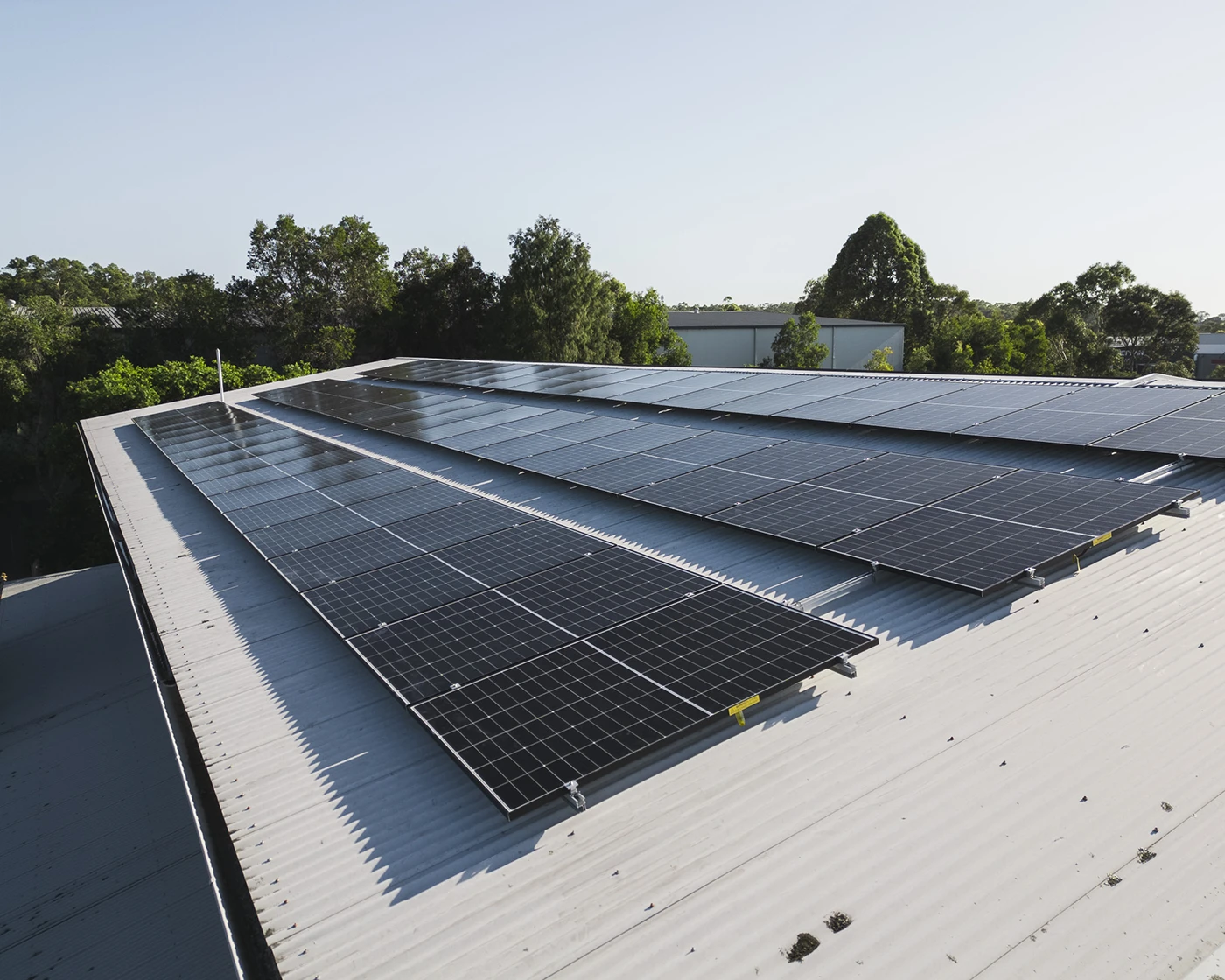
Newcastle's leading solar installers, providing long-lasting residential and commercial rooftop solar systems.
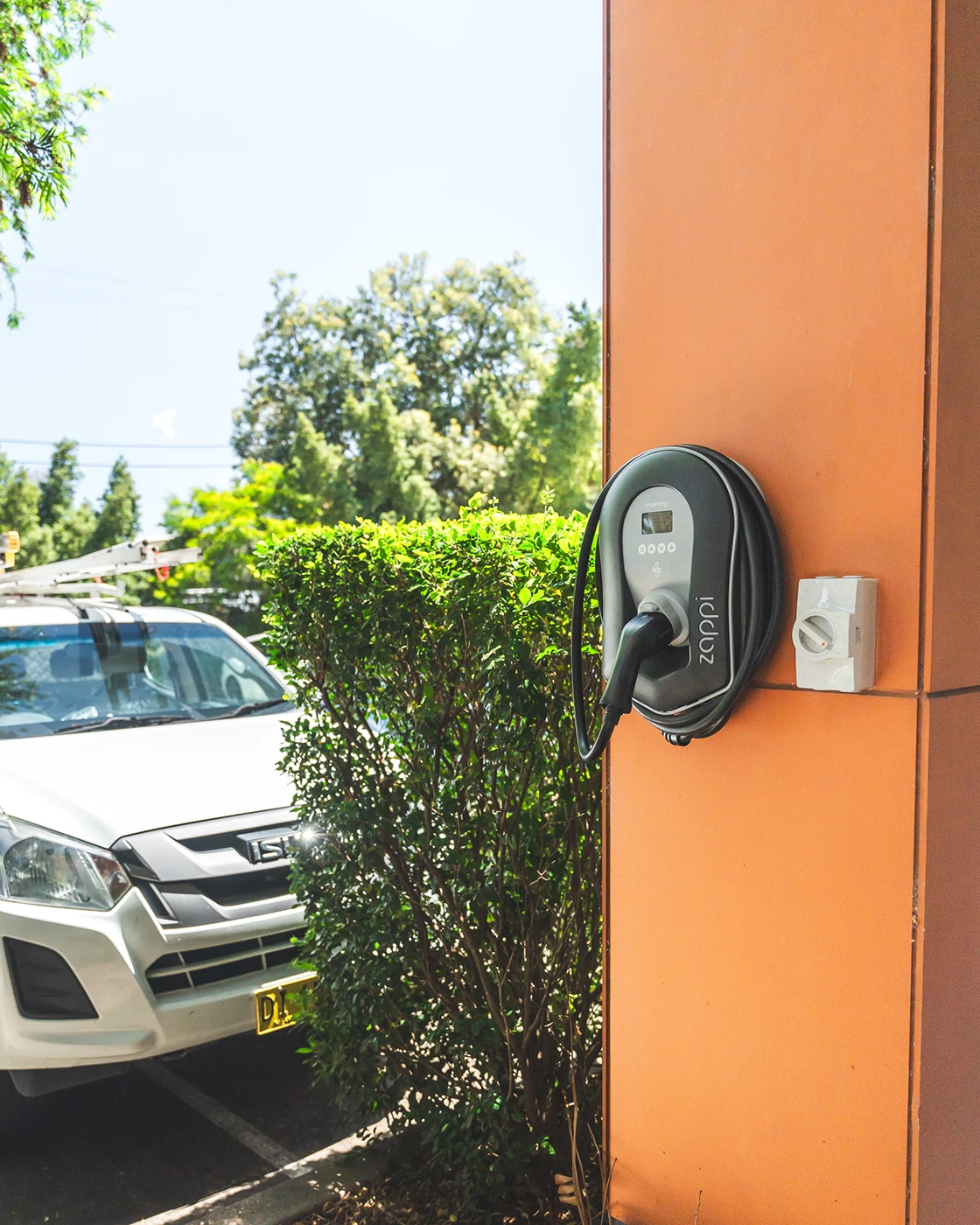
Experts in both residential and commercial electric vehicle charging station installations from 7kW - 360kW+.
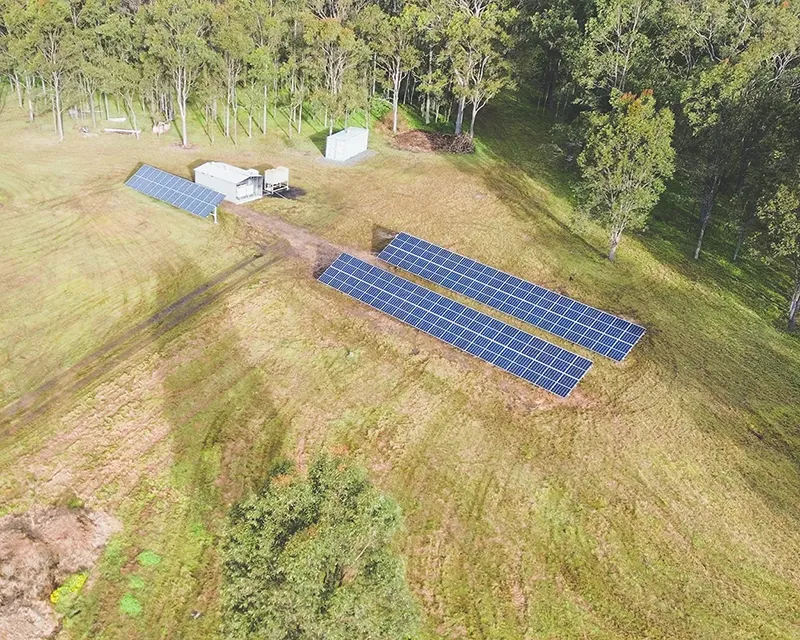
Specialists in off-grid solar and battery, helping properties never have to pay another electricity bill again.
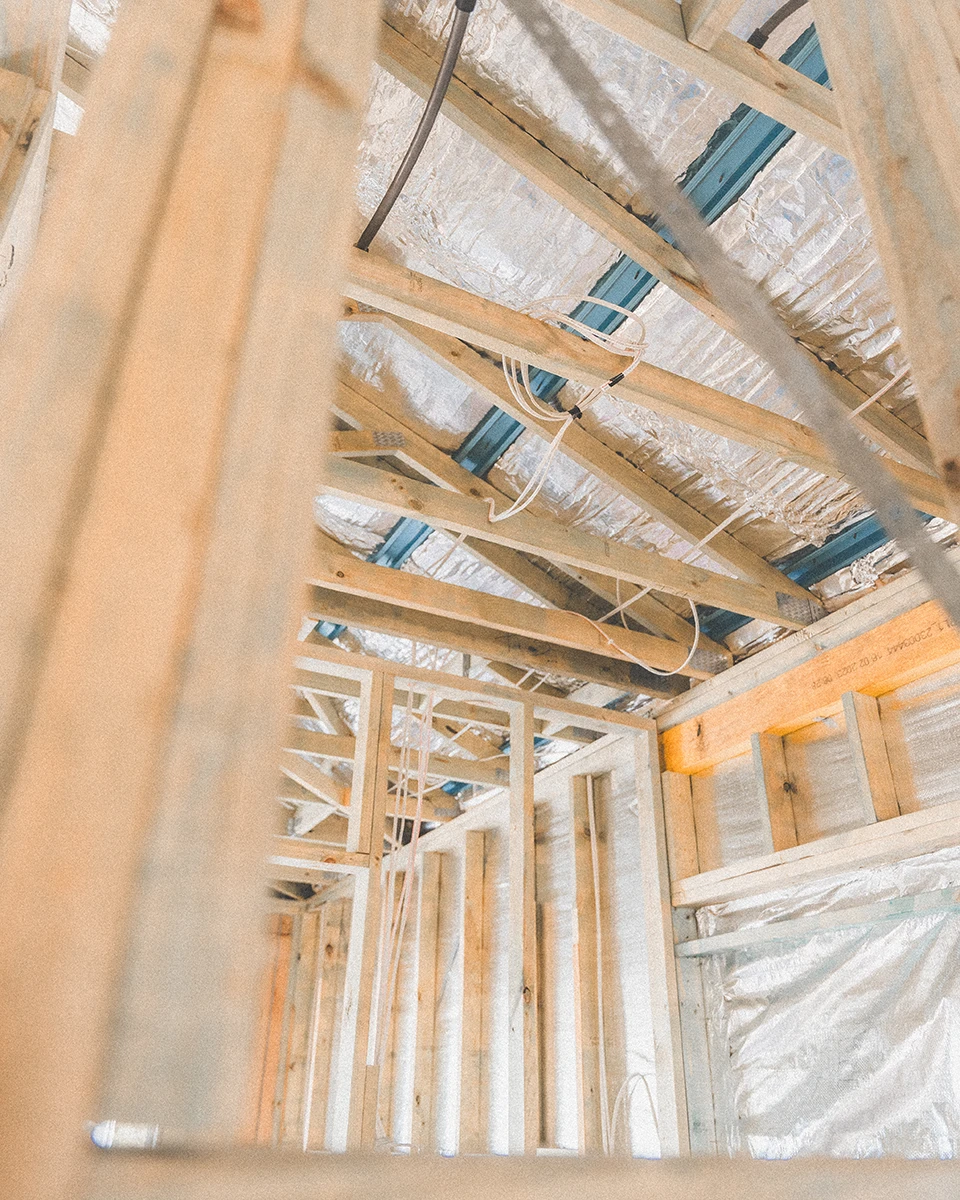
With decades of electrical and industry experience, our fully-qualified & licensed electricians are here to help.
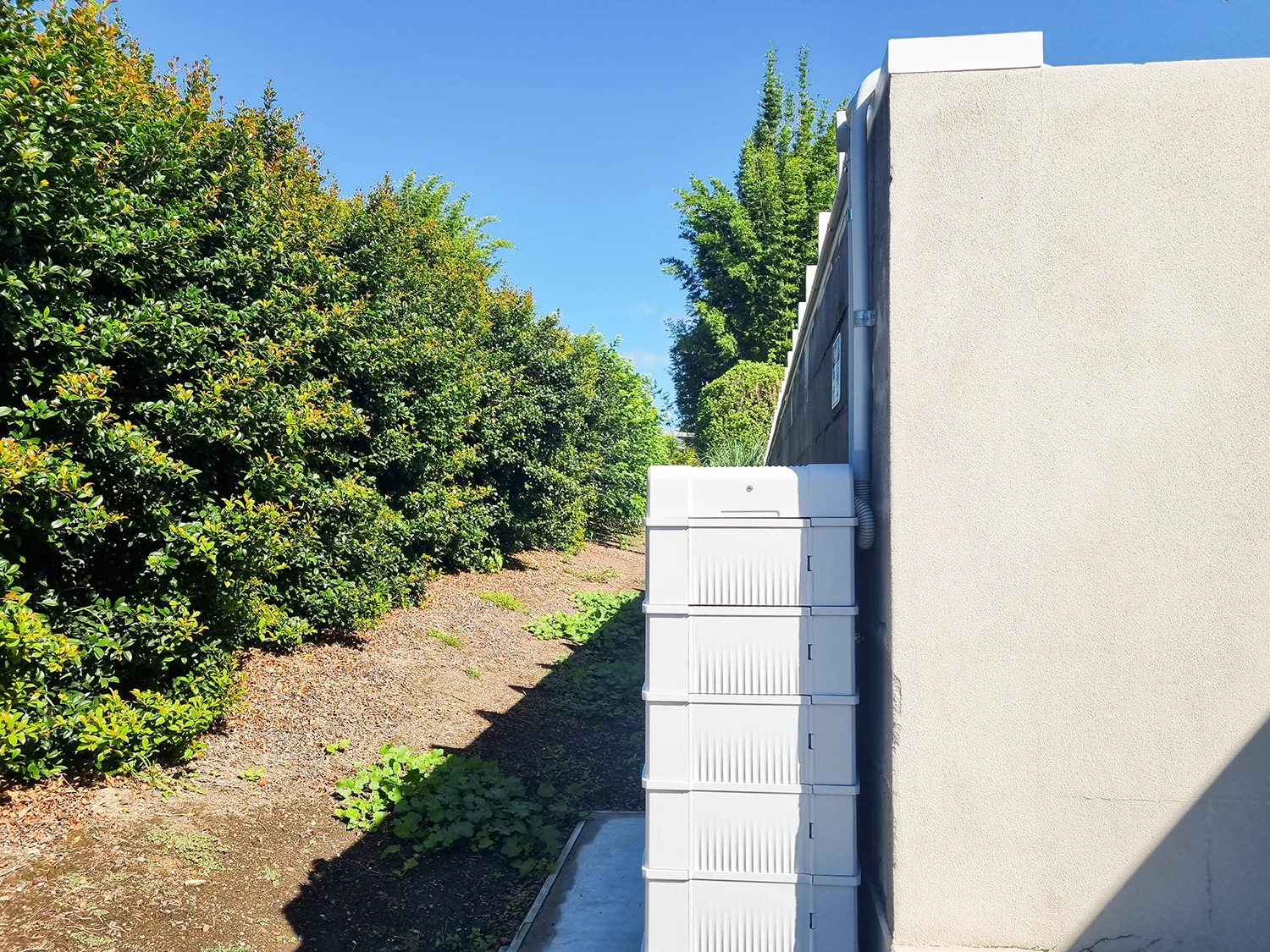
Maximise your solar generation with battery storage from reputable brands to accelerate return-on-investment.
Leave a Comment
Why even consider Tesla Powerwall,when the new Powerwall 3, is still only single phase
Powerwall was designed for the American market, where electricity grid over there is single phase,using 110V AC
Why are you pushing a wheel barrow with front wheel missing, where all new homes built in Australia over the last 15 years plus, designed to AS4777, three phase, 1000kva
Better choice is Sungrow battery storage, 15kva, three phase, third of the cost to install then a Powerwall
All battery backup system's have spiral out of control in the last 5 years, almost third more to install, due to the current exchange rate of the US$, against the AU%
If Tesla Powerwall 3 is installed to a 3-phase home, it would perform the same as if the house were single phase. Most homes will be completely fine with having a single-phase battery for energy backup.
One of the main features is that it also has a built-in solar inverter which supports up to 20kW of solar, removing the need for an external inverter.
We do agree though, Sungrow is also an excellent choice for scalability and flexibility!